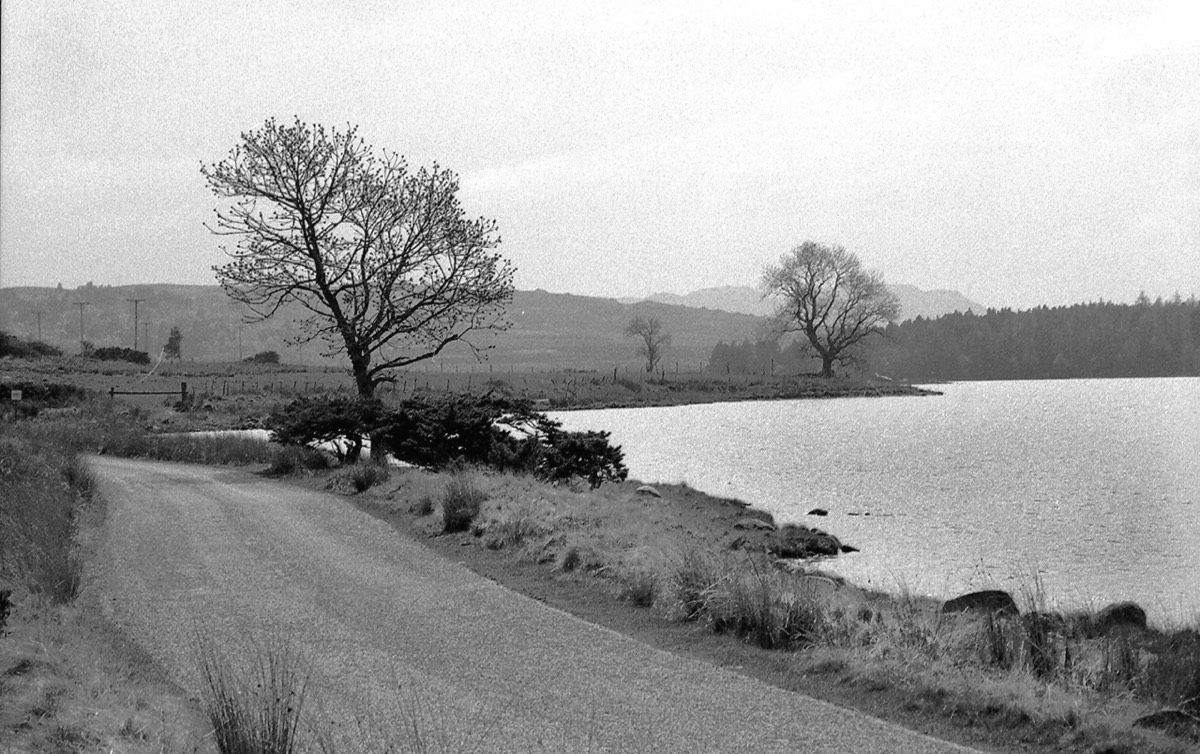Pictorial Planet
Please become a Patreon of my work. You get special videos just for Patreons. You also support my website and YouTube work. Just check out the two tiers and decide what you might want as value benefits. Just click the link below…
Stand development
NEW!!!
Subscribe now to my new YouTube channel for tricks and tips on developers, darkroom work and photography.
Subscribe to our new newsletter!

This is a unique form of development that can give superb results!
Many developers can be used for this type of non-agitation film processing but at the top of the list, for me anyway, is Rodinal, HC110, Ilford DDX, Pyrocat-HD and 510-Pyro. These developers can be extremely dilute yet still fully process a film within a few hours.
A pleasant side effect of this kind of development is the quite powerful compensating effects, making highlights that would normally have burnt out quite printable. Also, the edge effects and acutance are often nicely enhanced. You can't use this type of development for the zone system, there's just too much compensation.
If I plan on stand development. I place the film in the developing tank and pre-soak, then pour in the very dilute developer:
• Rodinal 1+100 to 1+200
• Pyrocat-HD 2+2+500
• 510-Pyro 1+500.
There are many ways to use stand development but some are:
- With Rodinal, agitate for the first minute to soak the emulsion in developer, and leave to sit in a water bath at 20C for 1 to 2 hours (experiment to find your time with your film but 1 hour is usual for 1+100 and 2 hours for 1+200 dilution).
- After this time with no agitation, I process the film through a stop and fix as usual.
- With Pyrocat-HD and 510-Pyro, diluted as above, I agitate for the first minute and subsequently 10 seconds every 10 minutes for a total of 45 minutes at 20C. This is about right for FP4+ and Tri-X. I use 30-35minutes at 20c with PanF+.
Note: With stand development it's often useful to give the film a pre-soak in water at 20c temperature (or your developer temperature) for a few minutes before beginning development. This helps remove the chance of uneven development.
These timings are personal and you have to perfect your timings to your liking so use these only as a base line to further experimentation.
Below is a video of using 510-Pyro with semi-stand development.
Many developers can be used for this type of non-agitation film processing but at the top of the list, for me anyway, is Rodinal, HC110, Ilford DDX, Pyrocat-HD and 510-Pyro. These developers can be extremely dilute yet still fully process a film within a few hours.
A pleasant side effect of this kind of development is the quite powerful compensating effects, making highlights that would normally have burnt out quite printable. Also, the edge effects and acutance are often nicely enhanced. You can't use this type of development for the zone system, there's just too much compensation.
If I plan on stand development. I place the film in the developing tank and pre-soak, then pour in the very dilute developer:
• Rodinal 1+100 to 1+200
• Pyrocat-HD 2+2+500
• 510-Pyro 1+500.
There are many ways to use stand development but some are:
- With Rodinal, agitate for the first minute to soak the emulsion in developer, and leave to sit in a water bath at 20C for 1 to 2 hours (experiment to find your time with your film but 1 hour is usual for 1+100 and 2 hours for 1+200 dilution).
- After this time with no agitation, I process the film through a stop and fix as usual.
- With Pyrocat-HD and 510-Pyro, diluted as above, I agitate for the first minute and subsequently 10 seconds every 10 minutes for a total of 45 minutes at 20C. This is about right for FP4+ and Tri-X. I use 30-35minutes at 20c with PanF+.
Note: With stand development it's often useful to give the film a pre-soak in water at 20c temperature (or your developer temperature) for a few minutes before beginning development. This helps remove the chance of uneven development.
These timings are personal and you have to perfect your timings to your liking so use these only as a base line to further experimentation.
Below is a video of using 510-Pyro with semi-stand development.
